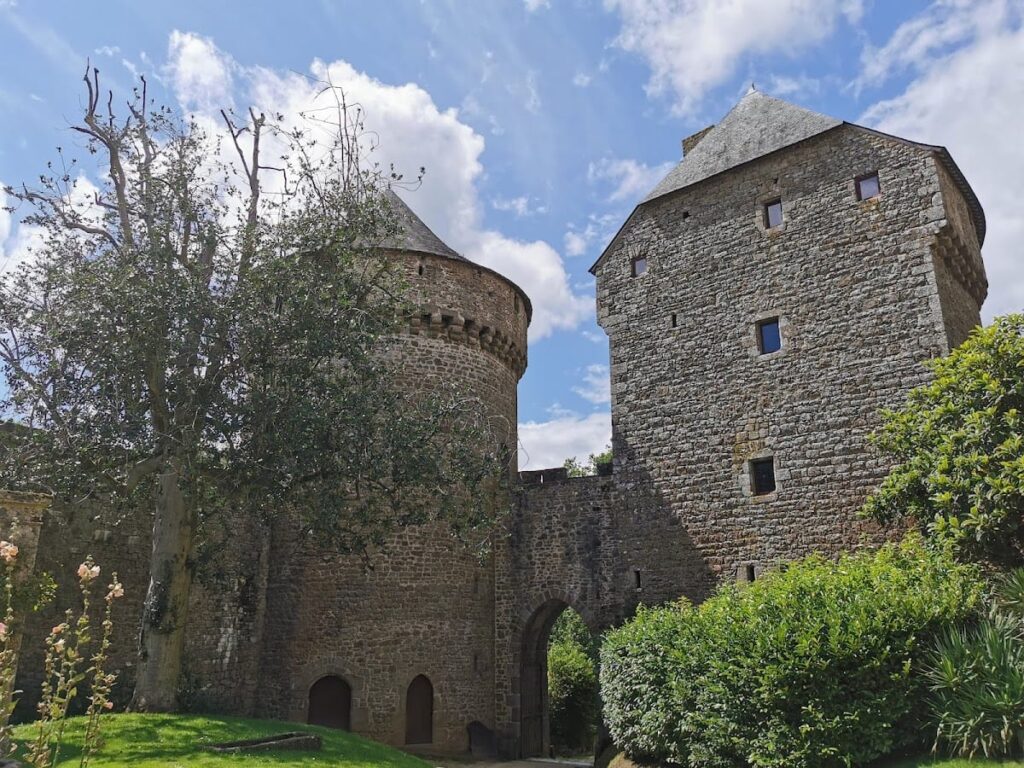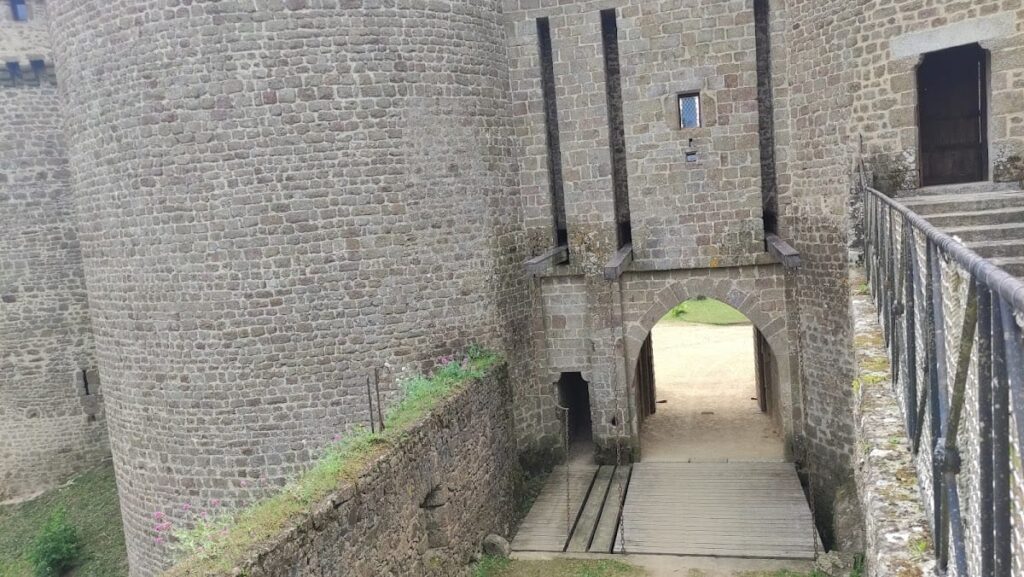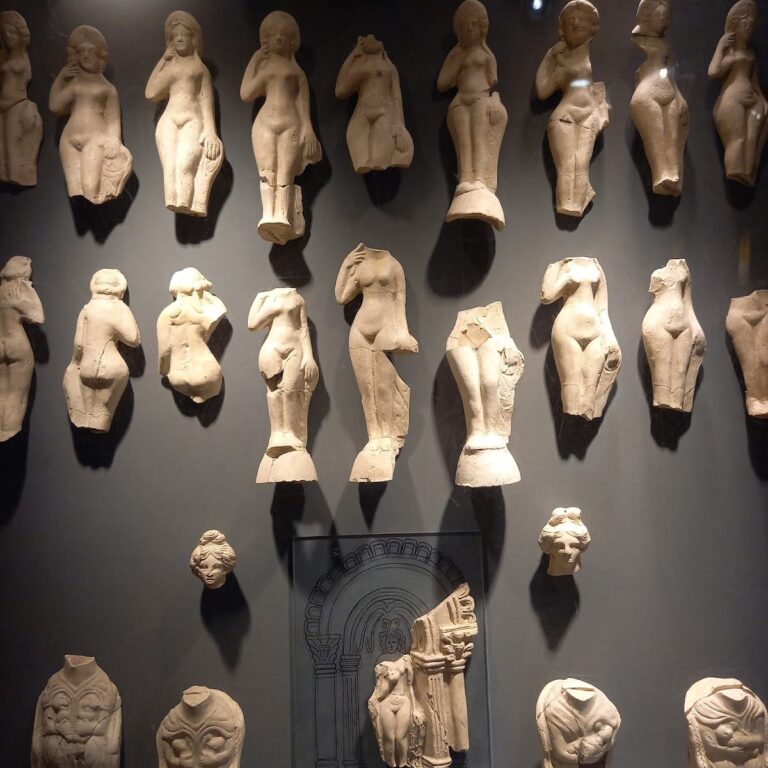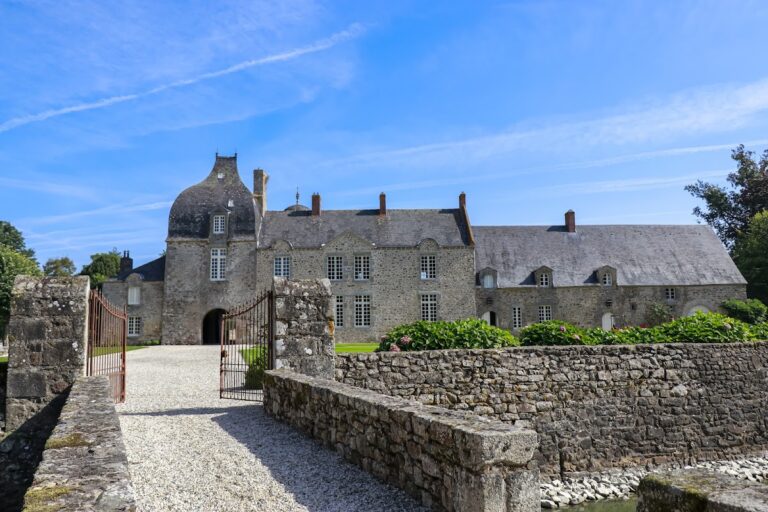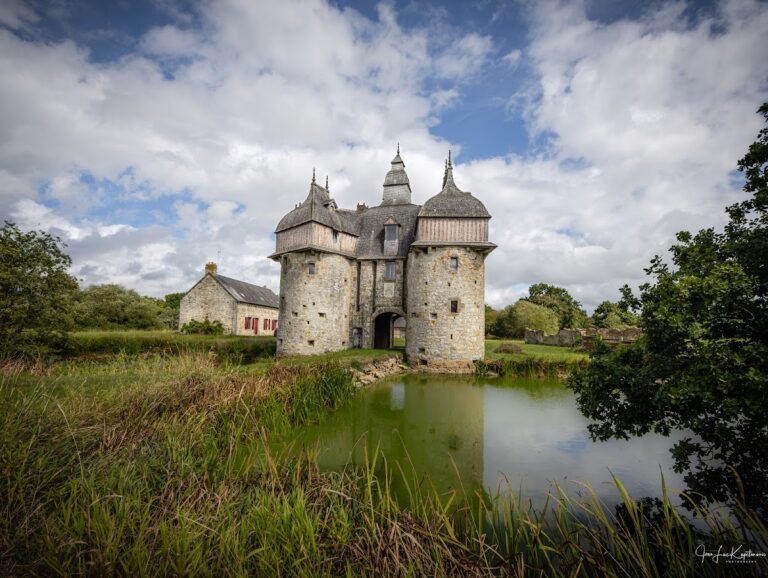Castle of Lassay: A Historic Fortress in France
Visitor Information
Google Rating: 4.5
Popularity: Medium
Google Maps: View on Google Maps
Official Website: www.chateaudelassay.fr
Country: France
Civilization: Medieval European
Remains: Military
History
The Castle of Lassay is located in Lassay-les-Châteaux, France, at the junction of the historic provinces of Maine, Brittany, and Normandy. Its origins trace back to the early 12th century when a fortified site, described as a castrum or castellum, was established. This early fortification likely featured a raised earthwork called a motte topped by a donjon, or keep, and was enclosed by wooden palisades. A chapel stood below the motte, serving the spiritual needs of the garrison or local community. The castle’s strategic position made it significant during the 11th century conflicts involving William the Conqueror.
By the early 15th century, the castle was owned by Charles de Vendôme, who allied with the English during the Hundred Years War. Due to this political stance and the castle’s weakened condition, French forces ordered its destruction around 1422. This marked a period of decline and partial ruin for the fortress. However, in 1458, King Charles VII granted permission to Jean II de Vendôme, Charles’s son, to rebuild the castle. Reconstruction took place swiftly, from spring 1458 to early 1459, resulting in the imposing stone fortress that largely survives today.
At the end of the 15th century, between 1497 and 1498, a barbican—a fortified outpost or gateway—was added to strengthen the castle’s defenses. The castle later faced military action during the French Wars of Religion. In 1589, royal troops led by Jacques II Goyon de Matignon laid siege to the fortress and captured it despite its robust fortifications. Over the following centuries, ownership passed through several noble families, including the Vendôme, Ferrières, and Madaillan de Lesparre families. The latter retained possession until the French Revolution. Since 1823, the castle has remained in private hands.
In the 19th century, the castle gained recognition as a historic monument, receiving official classification in 1862. Further protections were extended in the 1960s to preserve the chapel’s mural paintings. Renovations began in the mid-2010s to maintain the structure and its features.
Remains
The Castle of Lassay is a mid-15th-century fortress built in an irregular octagonal shape. It features eight towers, two of which form the entrance châtelet, or gatehouse. The towers at the southeast and southwest corners are circular, while the other six have a horseshoe shape and align with the inner curtain walls. The design reflects adaptations for firearms, with cannon openings positioned at the level of the surrounding moats.
Constructed primarily of stone, the castle retains many original 15th-century defensive elements. These include machicolations—openings in the parapets used to drop objects on attackers—and embrasures designed for cannon fire. The barbican, added at the end of the 15th century, was excavated and restored in the late 19th century to preserve its defensive role.
A 17th-century addition in the Mansart architectural style was built partially over the barbican and adjacent towers. This later structure was removed to restore the castle’s original defensive features, including the internal drawbridge and the clearing of the moat. The site also contains remnants of a large pond and other water features that were part of the castle’s defensive system.
The castle’s chapel is notable for its mural paintings, which have been protected under historic monument status since the 1960s. These artworks remain an important part of the site’s heritage. Overall, the castle’s stone construction and preserved defensive structures provide a clear view of its military architecture from the late medieval period.


